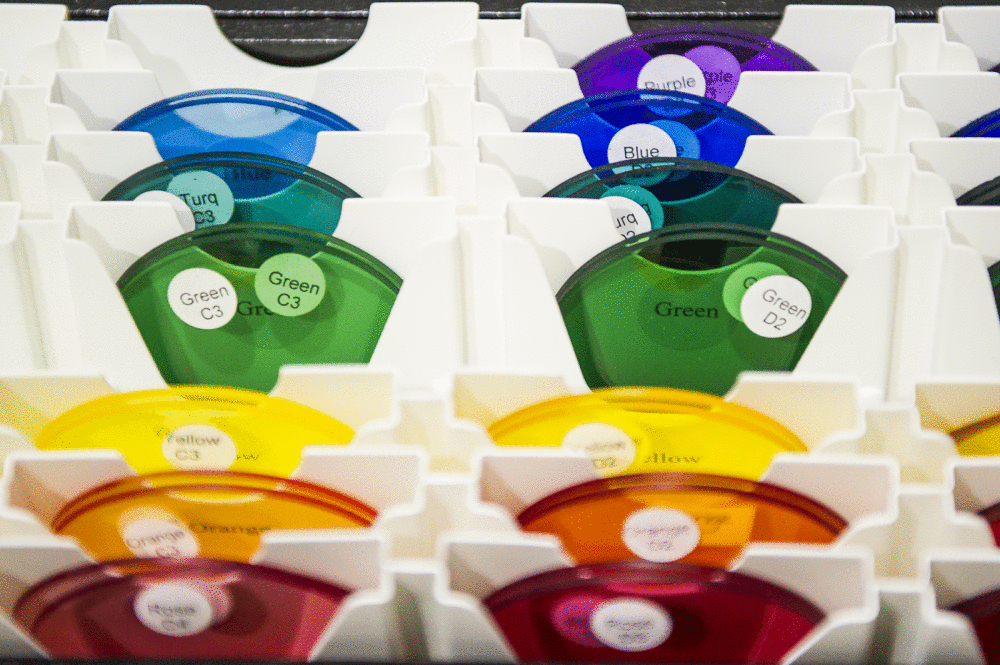Pattern Glare, Photosensitivity and Tinted Lenses

Tinted lenses are often prescribed by optometrists for patients who complain of light sensitivity as well as for protection against U.V. light exposure. “Pattern glare” is a condition in which patients are abnormally sensitive to light, and to certain patterns. Printed reading can also often cause problems for people who are sensitive to light due to the spatial effect of words and rows.
Common issues relating to pattern glare include:
- Significant eyestrain, headaches, words moving when reading, increased light sensitivity, flickering lights or reflections
Pattern glare can occur to anyone, however has been found to be more common in patients who have experienced:
- Brain injury or stroke, concussion, photosensitive epilepsy, migraine, experience of fine flickering dots in both eyes, blepharospasm (involuntary tight closure of the eyelids), autism, reading problems and dyslexia
An instrument termed the Colorimeter, can provide a scientific assessment of the benefits of coloured lenses for individuals who experience any of the problems associated with pattern glare.
The scientific method that is employed to test the effectiveness of colour on the individual means that it is obvious to both the patient and optometrist when colour is going to be helpful. This avoids unnecessary prescription of tints in patients.
Optometrists prescribe tints for specific conditions in which pattern glare might occur. There is strong scientific evidence supporting the benefits of coloured lenses in treating the symptoms.
If any of these symptoms are present in yourself or your child our optometrist at Young Eyes can provide assessment and advise whether tinted lenses will be beneficial.



 Buy Contact Lenses
Buy Contact Lenses Book an Appointment
Book an Appointment